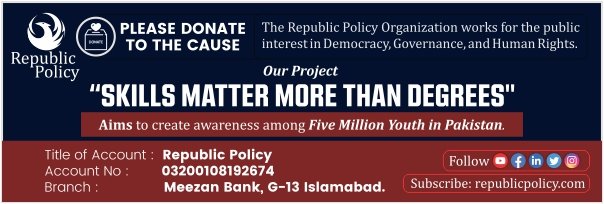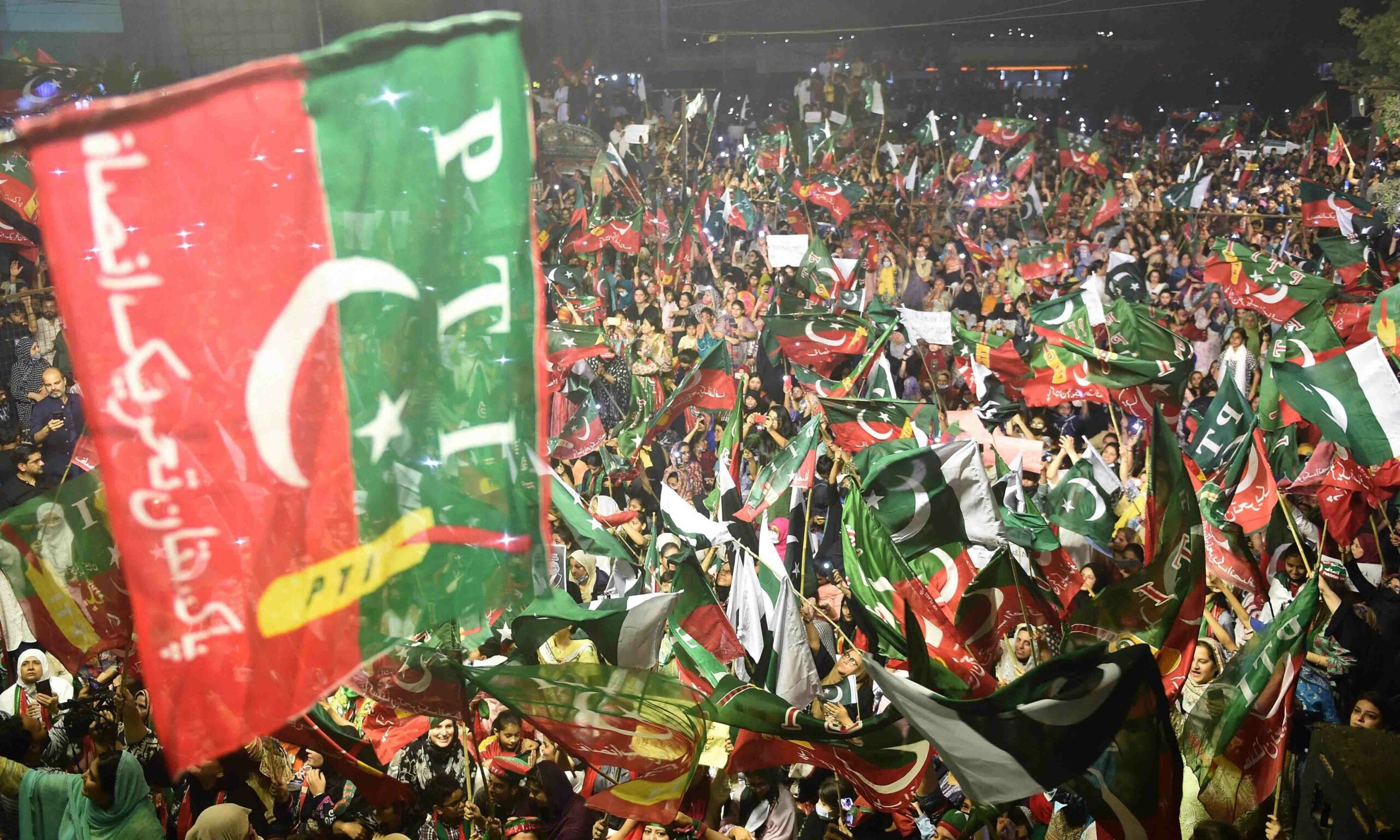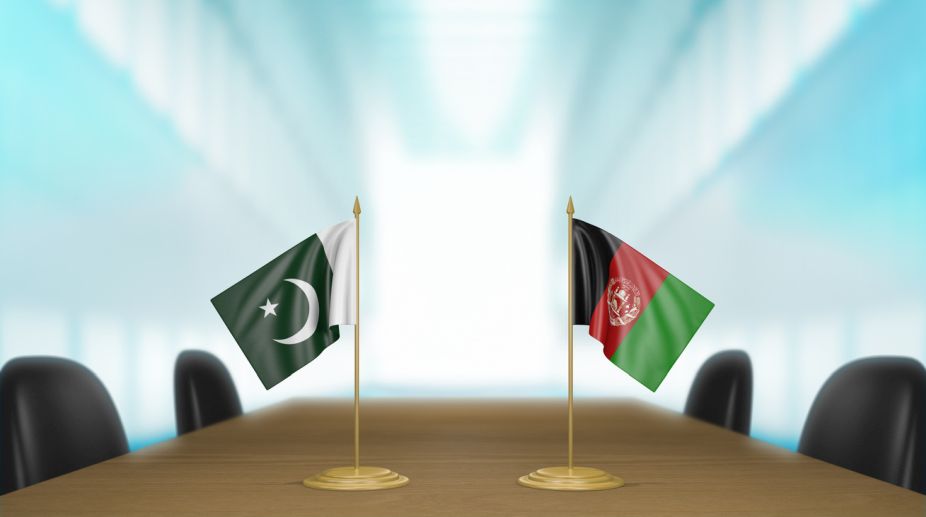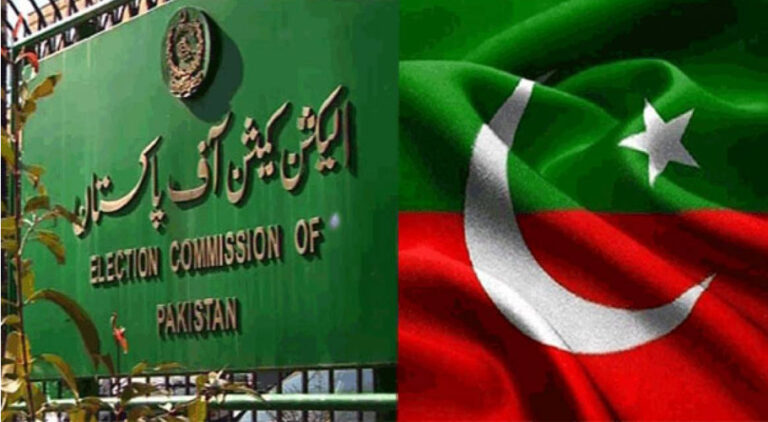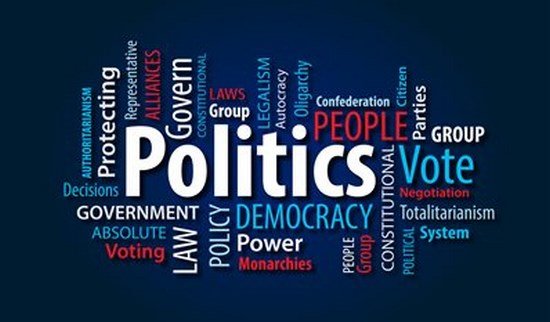Zafar Iqbal
The Asian Development Bank (ADB) has sharply revised Pakistan’s projected economic growth for the current fiscal year to 2.5%, a full percentage point below the government’s optimistic 3.5% target and below the International Monetary Fund’s (IMF) earlier 3.2% estimate from October 2024. This downgrade reflects deepening concerns about the country’s economic trajectory, driven largely by stringent IMF conditions, sluggish reforms, and persistent structural issues.
Notably, the IMF’s press release dated March 25, 2025 — which marked the staff-level agreement with Pakistan — didn’t explicitly flag a growth downgrade. Instead, it emphasized “inclusive growth” and reform commitments such as reducing trade barriers and strengthening institutional capacity to fight corruption. But the language used—particularly the focus on creating a “level playing field” by removing sector-specific subsidies and extending tax coverage (even to farmers)—signals reforms that may further dampen short-term growth before any long-term gains materialize.
Pakistan’s major economic partners and institutions are aligning in their cautious outlook. The World Bank forecasts 2.8% GDP growth for FY2025, slightly better than the ADB but still below the country’s potential. The World Bank cited tight monetary and fiscal policies as key constraints. Interestingly, this forecast may already be outdated, given inflation dropped to 0.7% in March 2025, far below expectations. However, lower inflation hasn’t yet translated into meaningful growth acceleration or better employment numbers.
Subscribe to the YouTube channel of republicpolicy.com for quality podcasts:
The State Bank of Pakistan (SBP), in its July–December 2024 report, echoed similar concerns. It reported that while the economy rebounded from a contraction of 0.2% in FY2023 to 2.5% in FY2024, momentum has already slowed in FY2025’s first quarter to 0.92%, down from 2.3% during the same period last year. This deceleration is most evident in agriculture, a sector previously seen as a key growth driver. Moreover, Pakistan’s large-scale manufacturing sector continues to struggle. Official figures show a contraction of 1.78% from July to January 2025, worse than the 0.65% decline during the same period the previous year. This is despite a dramatic cut in interest rates—from 22% in April 2024 to 12% by early 2025. The rate cuts were expected to spur investment and production, but their impact appears delayed or insufficient given ongoing external and internal headwinds.
The most alarming insight comes from the World Bank’s poverty estimates. Despite some recovery signs, the poverty headcount is expected to remain stagnant at 42.3% — nearly at the levels seen during the peak of the COVID-19 crisis. That translates to 1.8 million more people falling into poverty in FY2025. This stagnation is linked to slow wage and employment growth across the broader economy. Public sector employees — about 78% of the formal workforce — are expected to receive salary hikes of 20–25%, but the private sector and informal economy remain vulnerable, especially amid high population growth of nearly 2%.
Moody’s added another layer of concern, cautioning that Pakistan’s external position could worsen if U.S. tariffs on its exports go into effect. Though former U.S. President Donald Trump has temporarily paused new tariffs for 90 days, the situation remains fluid. With the global trade order in flux, Pakistan finds itself exposed. Trump’s protectionist stance and strategic rivalry with China have led to shifting trade alliances, with many countries exploring non-dollar trade and regional blocs.
Pakistan, unfortunately, has been slow to adapt. While slogans like “Empower Pakistan,” “Buy Pakistani,” and “Make in Pakistan” have echoed for over a decade, actual market diversification efforts have been lackluster. The Commerce Ministry has mostly lobbied for tax and fiscal incentives for Pakistan’s five main export sectors — a task outside its actual mandate — rather than aggressively pursuing new trade routes or regional partnerships.
It is increasingly evident that IMF programme conditions, while intended to stabilize the economy, are also a key constraint on near-term growth. These include removing subsidies across all productive sectors, which hits industries and farmers alike; expanding the tax base, especially targeting sectors previously untaxed (e.g., agriculture); and curtailing preferential treatment for special economic zones and foreign investment incentives. While these policies may promote transparency and fair competition in the long term, they pose serious risks to growth in the short term — especially in a fragile post-recovery environment.
Additionally, the government has yet to make substantial progress on structural reforms, particularly in tax administration. Instead of broadening the tax net, authorities have continued raising taxes on existing taxpayers, exacerbating compliance fatigue and informal economic activity. Meanwhile, government spending — especially current expenditure — remains unchecked, funded heavily through both domestic and external borrowing.
To gain more flexibility and bargaining power with the IMF, Pakistan must undertake difficult but necessary fiscal reforms. Chief among them: slashing current expenditure. A reduction of Rs. 2 to 3 trillion in next year’s budget could give Islamabad the leverage it needs to resist some of the harsher IMF prescriptions without derailing macroeconomic stability. This would require political courage and a shift in budget priorities — less spending on administrative bloat, perks, and subsidies that benefit narrow interest groups, and more investment in productivity, social safety nets, and human development.
Pakistan’s economic reality is grim, but not irreversible. The downgrade to 2.5% growth should serve as a wake-up call. Rather than pinning hopes on external aid, favorable trade deals, or ad-hoc monetary tweaks, the country needs a comprehensive and internally-driven reform strategy. This includes genuine tax reforms to broaden the base without hurting growth, a clear export diversification roadmap, pragmatic trimming of government waste, and strategic engagement with global partners beyond reactive diplomacy.
Without such reforms, economic stagnation will persist — and with it, rising poverty, a shrinking middle class, and diminished fiscal sovereignty. If Pakistan wants sustainable, inclusive growth, it must make bold choices now — not when crisis knocks again.





